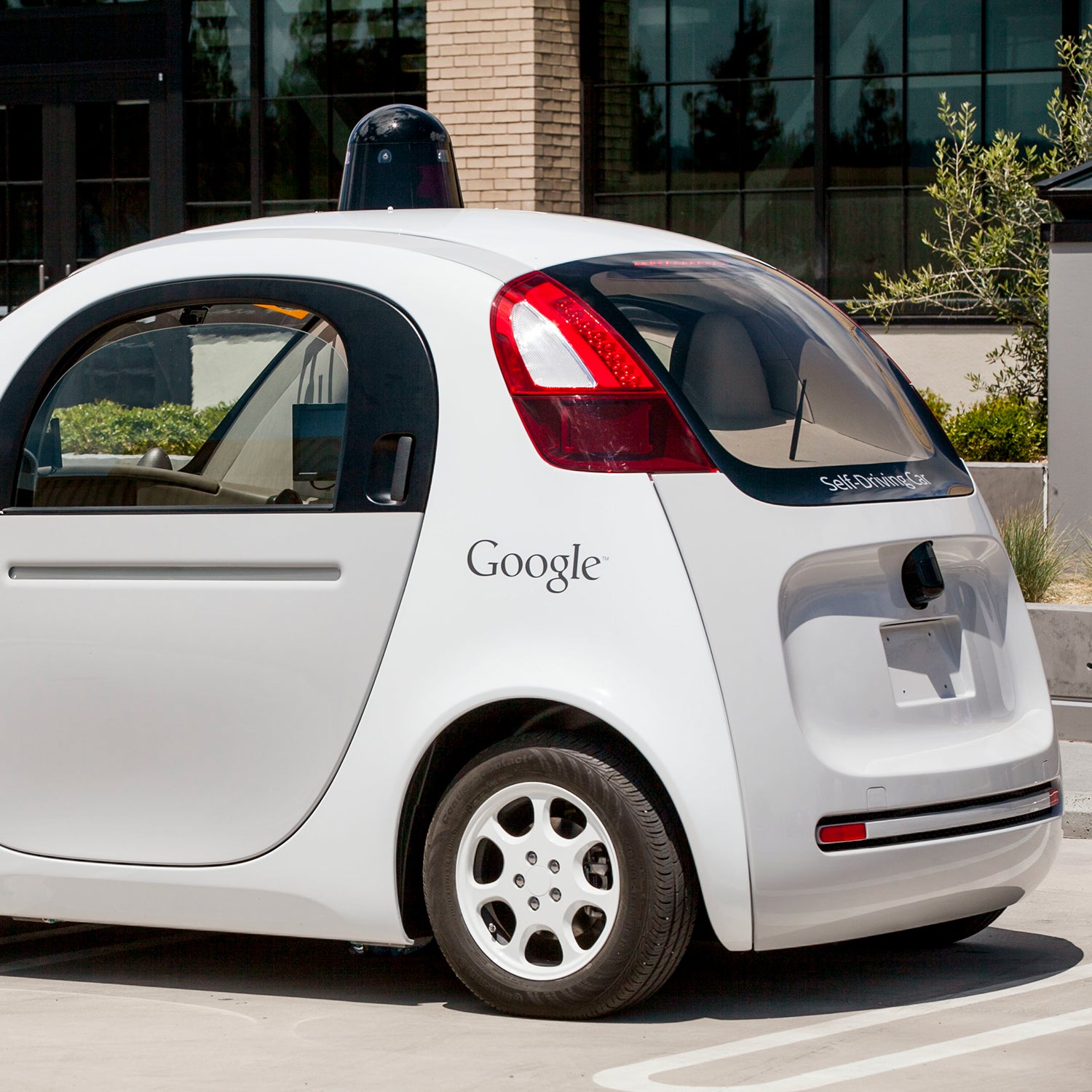On August 17, 1896, in London, 44-year-old made history when she became the first pedestrian fatality in a gasoline-powered automobile collision. Now, over 120 years later, another woman has become a pioneer in the field of death by auto: 49-year-old Elaine Herzberg, who on March 18, 2018, in Tempe, Arizona, became the first pedestrian to be killed by a self-driving car.
Happy Women’s History Month.
Over the years, it’s become a common refrain whenever the subject of automotive mayhem comes up: “Self-driving cars can’t come soon enough.” This sentiment isn’t surprising. As inured as we’ve become to the carnage caused by driving, it still has the capacity to stun. For example, early this month, New Yorkers were outraged when Dorothy Bruns drover her Volvo through a red light in Park Slope, Brooklyn, and killed two children, ages 1 and 4. It’s very tempting to think self-driving technology could make senseless tragedies like this a thing of the past.
Of all road users, cyclists in particular find the idea of factoring humans out of the driving equation to be enticing. (Well, us and motorcyclists, who experience many of the same indignities.) For one thing, heedless motorists are the number-one impediment to the unfettered enjoyment of our favorite activity. Also, our lofty perch atop our saddles affords us a direct view into the cabins of the drivers with whom we “share” the road, and we’ve got a pretty good idea of what they get up to in there. (Texting, mostly, though it’s often accompanied by scarfing fast food.) And while reckless or distracted driving is a danger to all of us no matter how we travel, we cyclists seem to receive the brunt of the road rage, since humans seem to think shouting at people on bicycles is more effective than turning the steering wheel the three or four degrees necessary in order to pass safely.
So who wouldn’t prefer an algorithmic driver to an apoplectic one?
Relying on 21st-century tech to solve a 19th-century problem is like giving a dinosaur an iPhone. The real solution is to stop building our world to conform to the car—and to let it die out as nature intended.
Nevertheless, as a cyclist I’ve long been leery of this “I, for one, welcome our new self-driving overlords” attitude. It’s not that I’m a technophobe, it’s just that I’m an automobophobe (say that one ten times fast). At no point during my own lifetime or indeed the entire century-and-a-quarter of automotive history have cars or the companies that make them given us any reason to trust them. Instead, cycling’s been marginalized, , and, thanks to autocentric policymaking, you can’t even maintain a minimum wage job in most parts of the country without also assuming the burden of a car loan or lease. The entire history of the car is one of offloading responsibility onto the vulnerable and of fostering a vicious cycle of car dependence. Bridget Driscoll was merely the first casualty in a war that’s brought us to the point where .
Alas, as the driverless era dawns, it’s hard not to suspect it will be more of the same for us cyclists. See, , which struggles to detect us. Therefore, various companies are developing “bicycle-to-vehicle communications.” This is a polite way of saying that in addition to the helmet and reflective clothing and lights and hand signals you’re already supposed to be using, you’ll also have to incorporate some sort of personal locator beacon to guarantee that these autonomous systems can “see” you. If you’re a fan of helmet-shaming this is great news, because you’re going to love Victim-Blaming 2.0, which will involve people blaming cyclists for their own deaths because they weren’t riding around with homing devices or subcutaneous microchips.
Hey, , so you’ll have to forgive me if driverless cars freak me the fuck out.
None of this is to say we shoudn’t continue exploring this potentially life-saving technology. Traffic deaths are an epidemic and we need to pursue every possible solution. However, Elaine Herzberg’s death is a reminder that in the context of history, all of us should be extremely wary of simply putting computers behind the wheel and calling it good, and that cyclists should be skeptical of any industry that frames us as a “problem.” After all, death by auto has already been normalized, and we’ve already proven our willingness as a culture to supplicate ourselves to the automobile. It’s easy to see how we could be marginalized further in the name of convenience. Do you really think the average driver’s going to care if we have to get wired up before every ride if it means they get to immerse themselves in their smartphones and feast on Sonic Signature Slingers behind the wheel? Helmet laws will seem positively quaint once you’re legally required to use a GPS suppository.
For years, we’ve maintained that the problem isn’t the cars, it’s the drivers. But driverless technology may soon force us to confront the fact that actually, yeah, the problem is the cars. Sure, we need to make cars safer, but ultimately relying on 21st century tech to solve a 19th century problem is like giving a dinosaur an iPhone. The real solution is to stop building our world to conform to the car—and to let it die out as nature intended.


